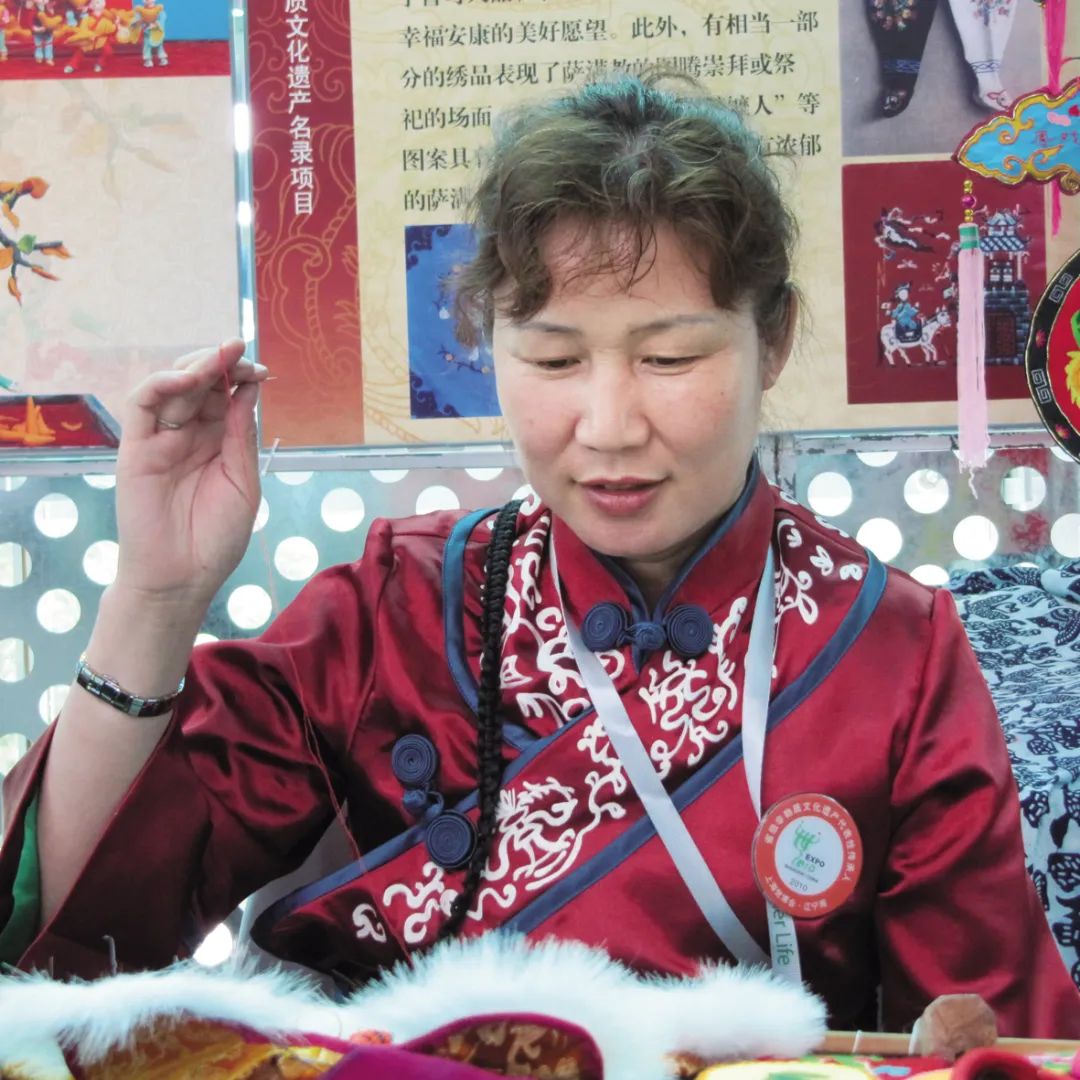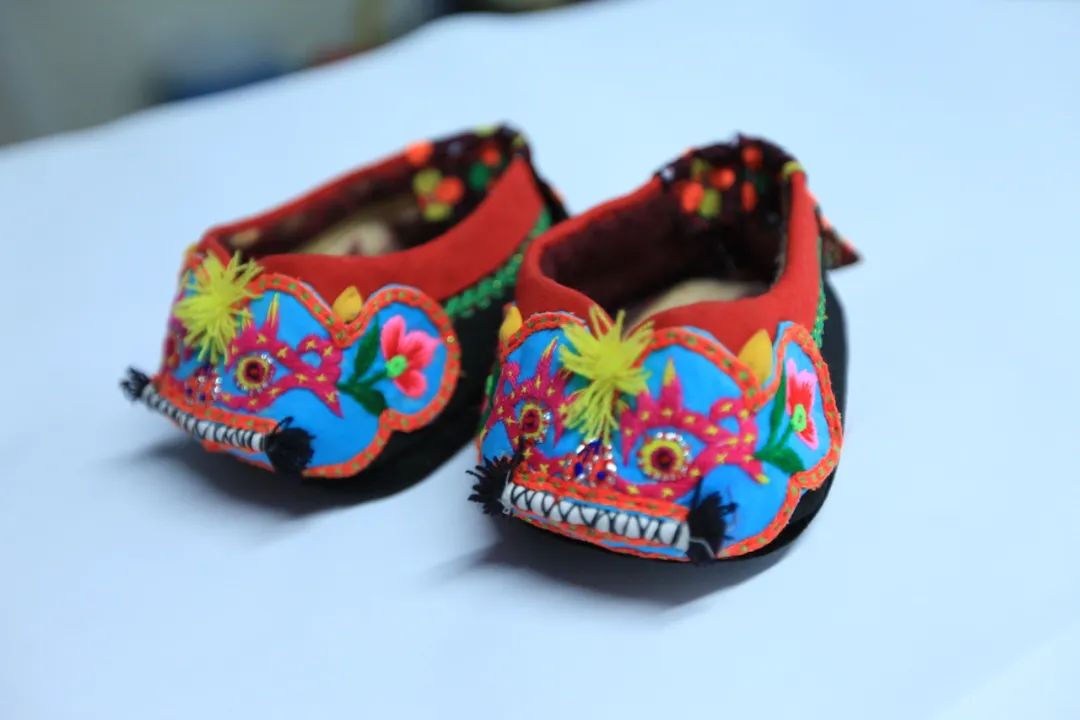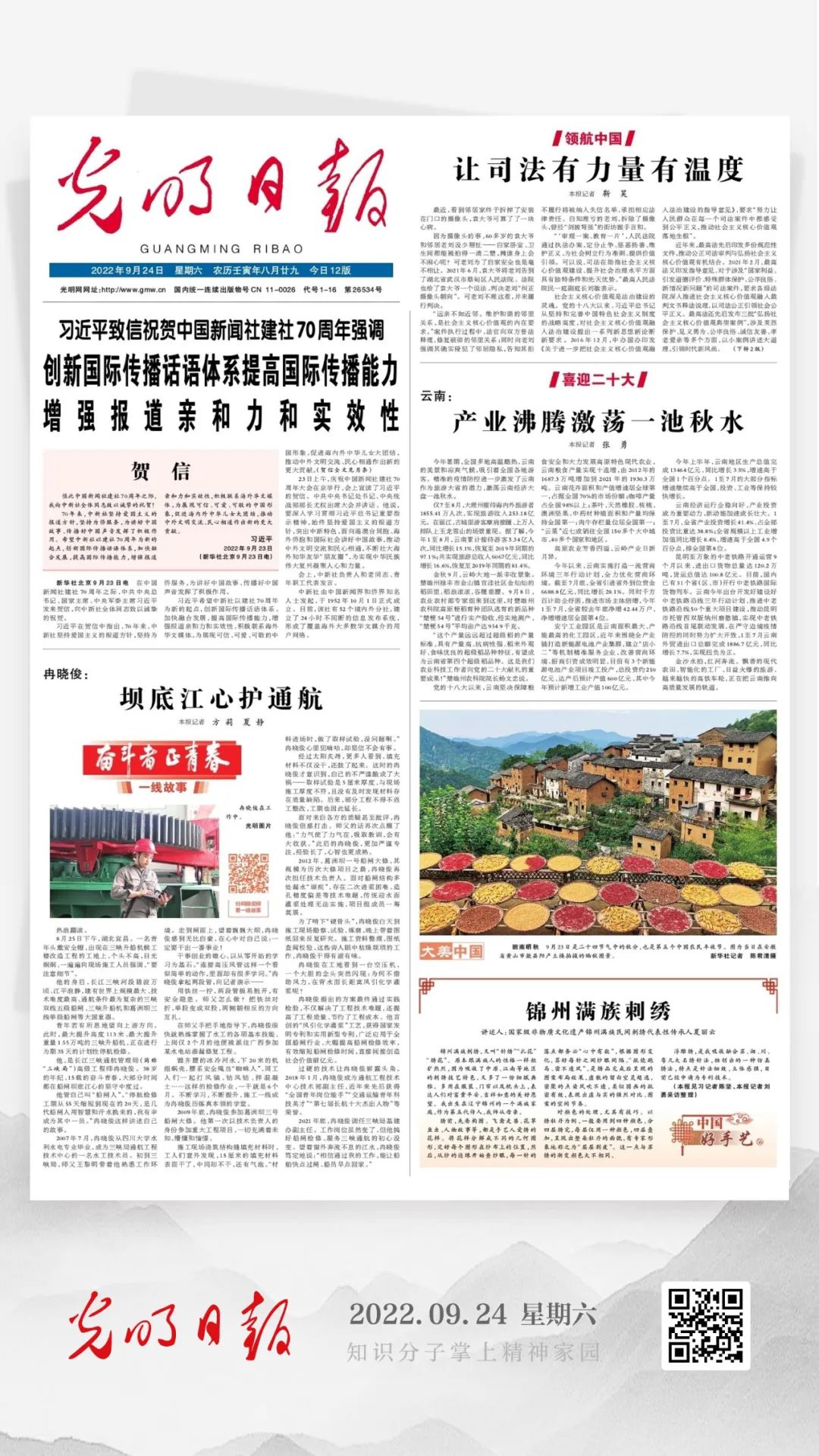China Good Technology: Jinzhou Manchu Embroidery
Author:Guangming Daily Time:2022.09.25
Speaker: National Intangible Cultural Heritage Jinzhou Manchu folk embroidery representative inheritor Xia Liyun

Jinzhou Manchu embroidery, also known as "needle embroidery", "blossoming" and "embroidery". Originally, it was as rough as the Manchu personality, because it absorbed the characteristics of embroidery skills in the Central Plains and Jiangnan regions, and had a delicate and elegant. It is mostly used on clothing, curtains, and pillows, expressing people's beautiful wishes for wealth and peace, good luck. I was born in a Manchu family in Jinzhou, Liaoning. As the fifth generation of heir, my teacher was from my mother.
Before embroidery, you must compose. Bowls, beasts, flowers, fish insects, character stories, etc. are all tricks for craftsmen to embroidery. Decompire the pattern into different geometric figures, set the position of each graphic on the gauze, and then check the gauze eye from the edge of the gauze. The gauze interval between the needles. "Sluthered horse race and dense wind" is the effect of the pattern layout presented after the completion of the embroidery. The intense contrast, the spatial rhythm of the pattern.

The treatment of color is particularly skillful. Taking the embroidery peony as an example, it is generally used for four colors, which are embroidered in four layers. Each layer only uses one color and four layers of superimposed, showing the appearance of the whole peony. Peel. This is very different from the gradient color of Su Xiu.
The relief embroidery is a method of absorbing and fusion of the major embroidery needle method of Su, Hunan, Sichuan, and Guangdong. It is a kind of simulation and embroidery. It is characterized by meticulous needle and strong three -dimensional sense. At present, it has been applied as patented technology.
(Reporter Chen Jian and reporter Liu Yong interviewed and sorted out)

Source: "Guangming Daily" (01, September 24, 2022)
Photo: Liaoning Provincial Institute of Culture and Arts, Liaoning Provincial Cultural Heritage Protection Center
Responsible editor: Zhang Yongqun
Edit: Sun Yan
- END -
Integration and transformation | Find Chart Stock: Multi -dimensional Development Exploring of Local and Municipal -level TV Channels

Author: Ma Lijie, director of Jinan Radio and Television Station, Wang Bin, direct...
Lile and Music Shandong | Jinan: "The 20th year of departure and presenting the 20th National Congress" 2022 The theme photography style of Jinan City was successfully lifted

In order to make good red resources, the red blood veins are continued, according ...